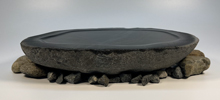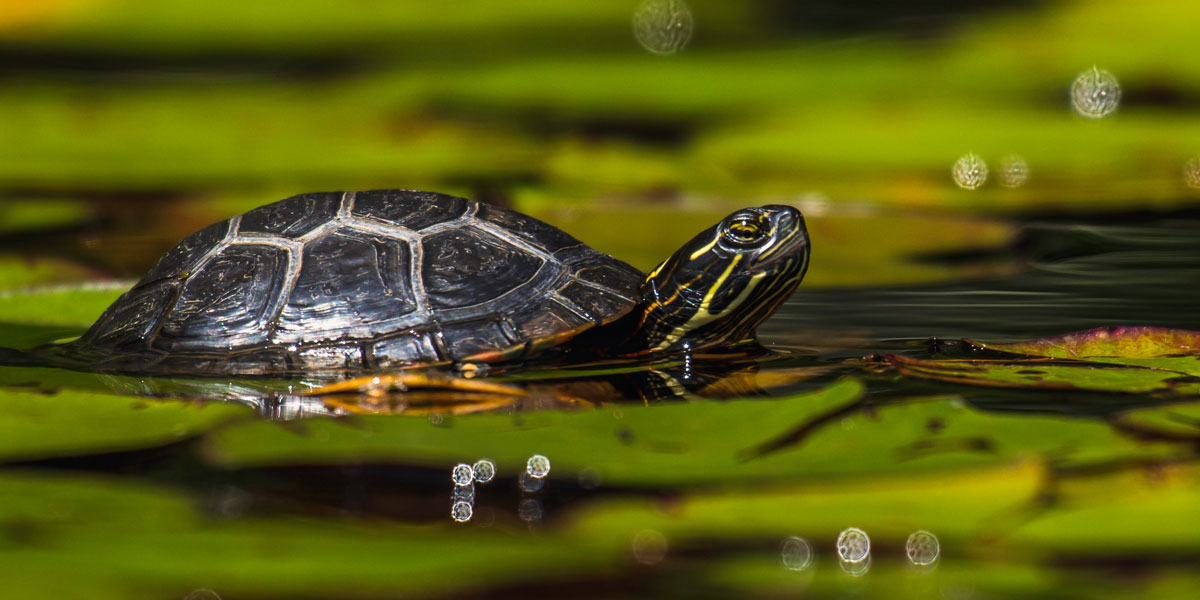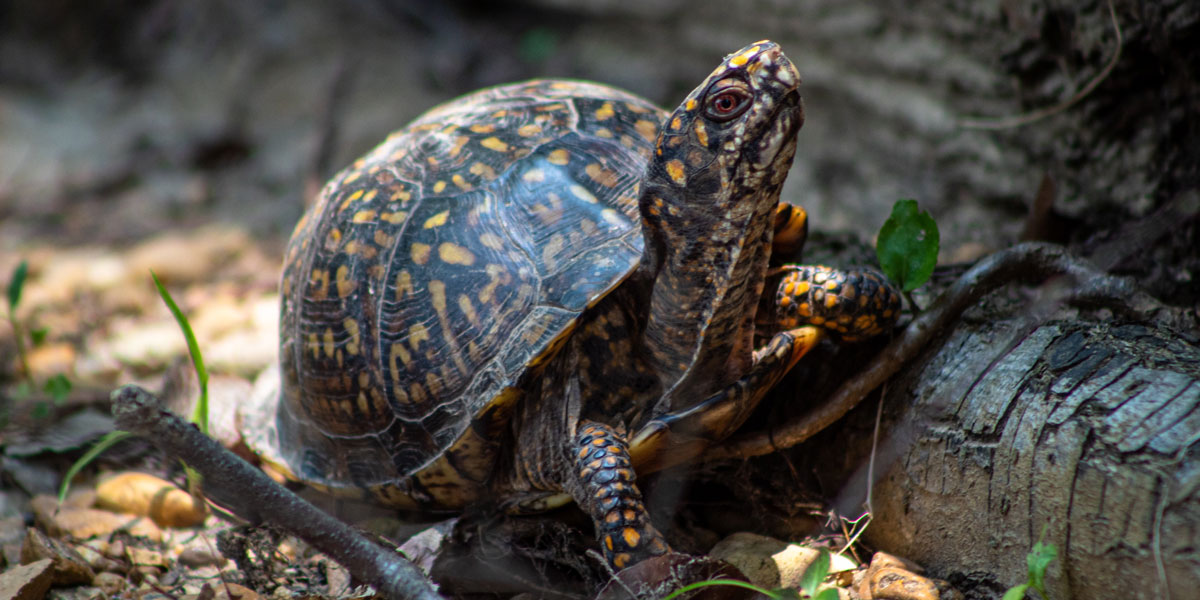Turtle Hideout Rocks & Caves
Turtles, tortoises, and terrapins are three terms used to describe the shelled animals most people simply call “turtles.” While all three falls under the larger umbrella of “turtles,” there are important distinctions between them. The differences in the way they live make planning their enclosures a little more complex. Read more below about the characteristics of each of these shelled creatures to help you plan for your new pet.




